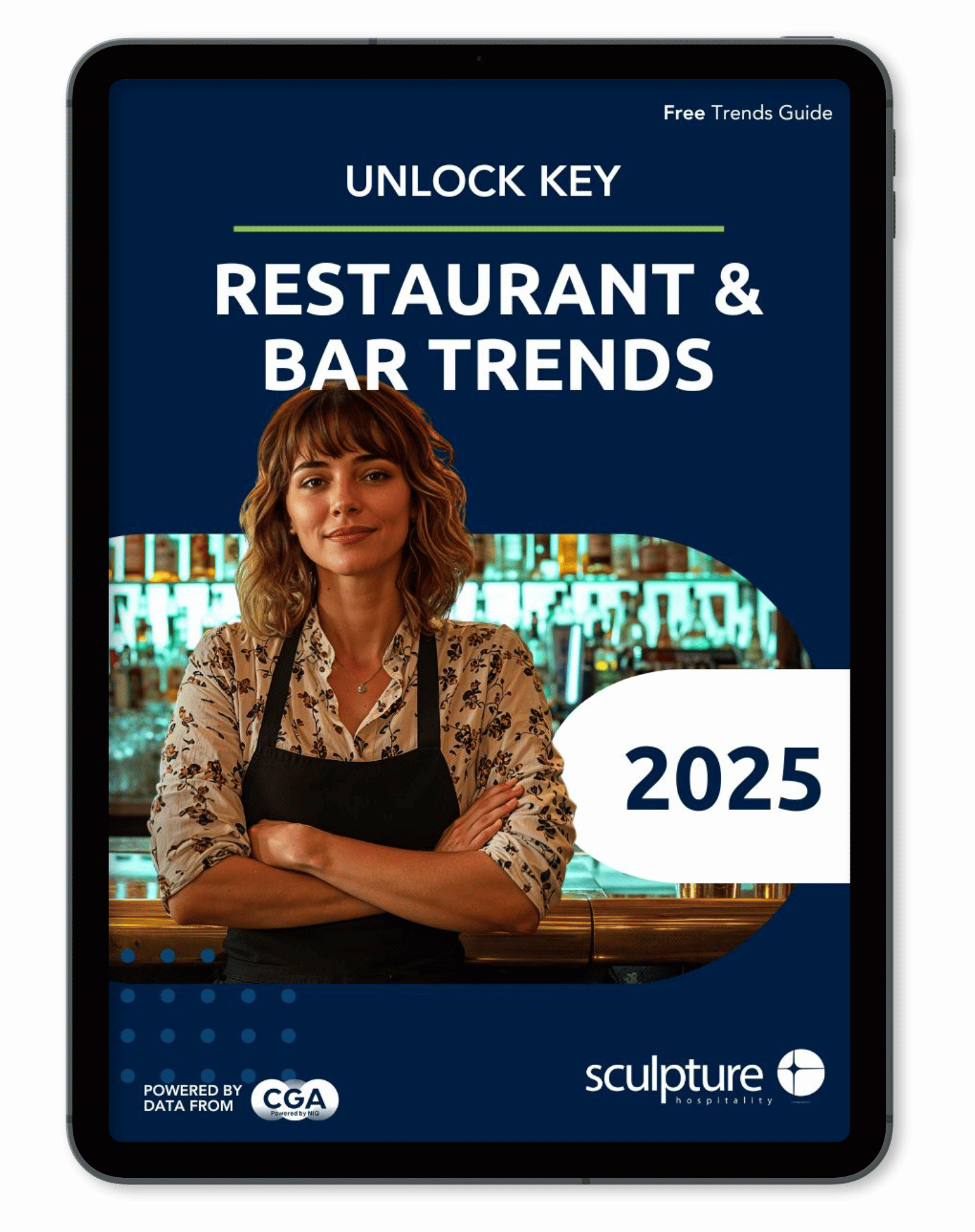Everyone loves a good special. They boost traffic, keep the menu exciting, and give regulars a reason to return. But if your restaurant leans too heavily on promotions, your food cost may be paying the price.
Specials aren’t just marketing tools—they’re part of your pricing strategy. If they’re not carefully planned, tracked, and costed, they can quietly sabotage your margins. Here’s how to evaluate your current approach and make specials work for your profitability, not against it.
The Psychology of Specials
Promotions are designed to generate buzz and urgency. But when they become a fixture rather than a feature, guests begin to expect discounts, and your full-price items lose perceived value. This undermines your regular pricing strategy and trains customers to wait for deals.
“Specials are great when they highlight surplus ingredients or showcase creativity. But when they're the main event, they create margin chaos.” — Ryan B., Chef-Owner, Ontario
The Food Cost Fallout
Running specials without rigorous costing can erode profit quickly. Here’s where many restaurants go wrong:
- No clear food cost targets for specials
- Excess prep or unused ingredients for one-day-only items
- No tracking of special sales vs. standard menu items
The result? Bloated inventory, inconsistent ordering, and unpredictable food costs that can’t be accurately forecasted.
Better Specials Through Smarter Pricing
To keep specials profitable, you need to treat them like any other menu item:
- Set a food cost goal (ideally 28–32%) before launch
- Use inventory software to forecast ingredient usage
- Price for margin, not just to drive volume
Check out how recipe-level costing tools can help lock in profitability before you print a new feature sheet.
Limit the Frequency
Daily or weekly specials can be fun, but frequent rotation comes at a cost. Every change introduces new inventory demands, staff training needs, and prep requirements.
Consider:
- Using monthly rotating specials to reduce training and ingredient waste
- Building seasonal LTOs (Limited Time Offers) that are costed, tested, and marketed well in advance
For tips on reducing food waste from rotating menus, visit our post on restaurant waste tracking.
Specials as a Strategic Tool
When used correctly, specials can be a powerful lever to:
- Test new high-margin items before adding them to the main menu
- Move overstock inventory before spoilage
- Boost revenue during slow periods (e.g., midweek promos)
But those benefits only show up when specials are aligned with your broader pricing strategy—not replacing it.
Watch Your Data, Not Just Your Gut
Many operators create specials based on what sounds exciting. But excitement doesn’t pay the bills. Leverage sales data and POS reporting to:
- See how your specials actually perform
- Compare margin vs. standard menu items
- Spot trends across days or weeks
If you're already using bar inventory software, check if it integrates with sales tracking to measure impact more accurately.
Final Thought: Balance is Everything
Specials should support your pricing strategy—not replace it. Use them to delight, not discount. When you cost them properly, limit their frequency, and tie them to real data, you get the buzz without the bloat.









